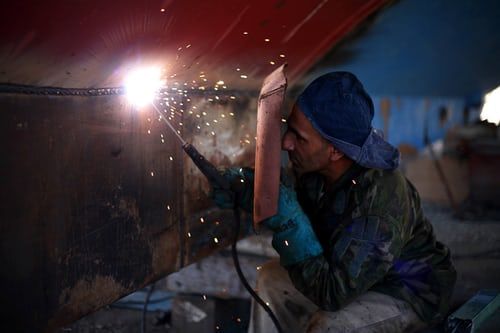Finance Minister Nirmala Sitharaman on Monday, allocated 1.97 lakh crores over five years for Production-linked Incentive (PLI) schemes. Sitharaman emphasised on ‘Atmanirbhar Bharat Abhiyaan’ and its role in structural reforms in India.
Follow Union Budget 2021 Live Updates here
To help MSMEs, reductions were made in custom duties. While customs duty on products of non-alloy and Steel reduced to flat rate of 7.5%, duty on copper scrap was reduced from 5% to 2.5%.
She said, “Reducing Customs duty uniformly to 7.5% on semis, flux & long products of non-alloy, alloy and stainless steel. To provide relief to metal recyclers, mostly MSMEs, I’m exempting duty on steel scrap up to 31st March 2022.”
Opening her budget presentation, Sitharaman said, “In May 2020, Government announced the Aatmanirbhar Bharat package, to sustain the recovery further we also rolled out two more Atmanirbhar packages. Total financial impact of all packages including measures taken by RBI was estimated to be about Rs 27.1 lakh crores.”
Also read: Auto stocks soar as Finance Minister announces vehicle-scrapping policy
Sitharaman allocated total capital expenditure of 5.54 lakh crore, which is 34.5% more than last year for the infrastructure sector.
The Micro, Small and Medium Enterprises (MSME) sector suffered huge losses last year due to the lockdown imposed in March. Not only was the supply chain disrupted, but the large scale migration of labourers too added to the losses. According to The Economic Times, the government made several stimulus announcements to boost the demand and supply chain, ‘Atmanirbhar Bharat Abhiyaan’ being one of the most important one.
Although retail inflation has come down due to fall in vegetable prices and festivals and pent-up demand, rise in capital goods and consumer goods contracted and reflected the need for further developments.
Since MSME contributes more than 40% to the Indian export basket, it was expected that the budget will emphasis on global trade, An extension of the Production-linked Incentive (PLI) scheme beyond ten sectors too was expected.
After migrating to their villages and hometown, the labourers started to work in small units such as driving and small-scale construction. This left a major gap in the MSME workforce. Therefore, it was expected that several employment benefits would be announced to bring back the workers.





